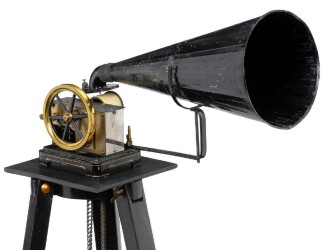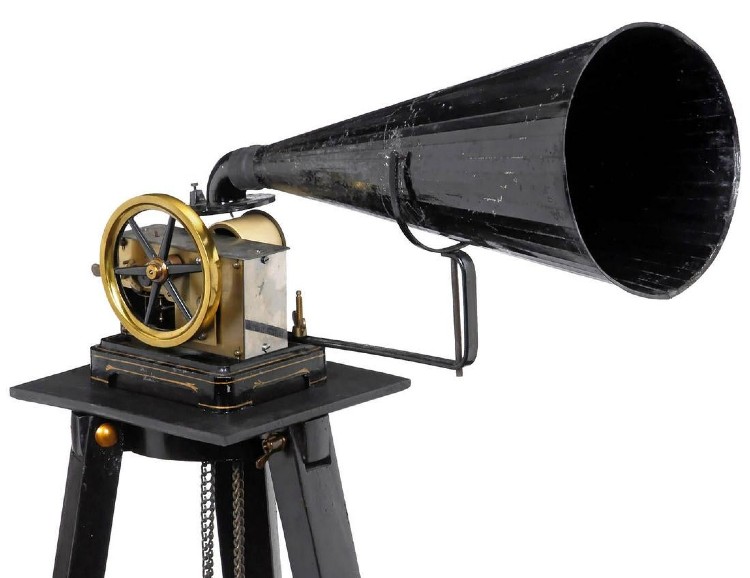
COLOGNE, Germany – Auction Team Breker’s first online-only sale on April 4 – a marathon double-bill of photographica and office antiques from the world-famous collection of Tom Russo – set the pace for a winning formula with a 96% sold quota, running almost 11 hours. Breker’s second virtual outing of vintage technology, toys and mechanical music on May 16 built momentum with some impressive results for rare and wonderful inventions. Absentee and Internet live bidding was available through LiveAuctioneers.
When clockmaker Henri Lioret unveiled his No. 3 Phonograph at the Trocadéro in Paris in 1897, the auditorium was by all accounts full. When Auction Team Breker sold a rare example of the weight-driven model in Cologne on 16 May 2020, the room was occupied only by Breker staff. The historic device (above) sold for €25,660 / $27,700.
An unusual sub-section with particular relevance was a single-owner collection of World War II spy equipment. Clandestine receivers, such as the British Whaddon MK VII paraset transceiver in a metal “cash box” casing, were developed for resistance forces in France, Belgium and the Netherlands. A small toolbox-size AP-5 spy radio transceiver by Tadeusz Heftman and used by a Polish Military Wireless Unit, circa 1944, sold for €2,520 / $2,720. A 1942 American SSTR-1 suitcase radio by RCA (below), with improvements by Radio Development & Research Corporation, sold €3,590 / $3,880. The first version of the Whaddon Mk VII clandestine radio, No. 10547, circa 1942, raised €6,550 / $7,070.
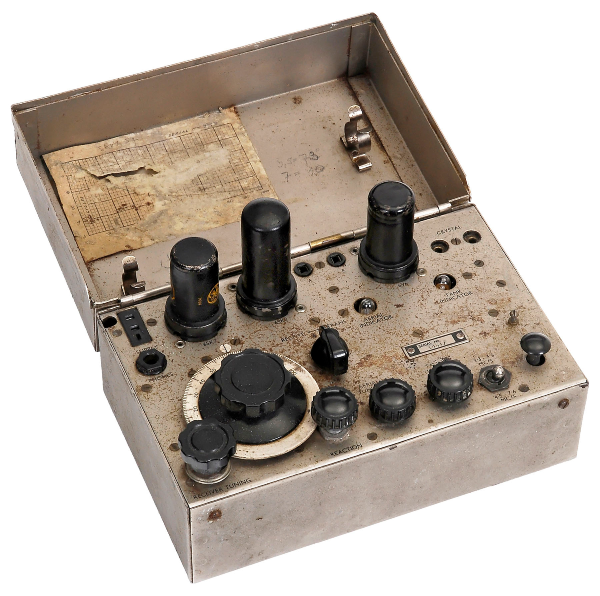
Built not for secrecy, but display, was an impressive ensemble of mechanical music instruments. The auction included fine examples of pneumatic and stringed instruments, complex musical boxes, singing birds, imposing clocks and musical timepieces. A French “Boulle” religieuse clock on matching cabinet, made in the late 19th century sold for €8,185 /$8,840. Among the earliest instruments in the auction was a rare musical clock with six-air organ accompaniment. Attributed to Christian Ernst Kleemeyer, court clockmaker to Friedrich Wilhelm II, the piece with its architectural mahogany case (below) fetched €9,700 / $10,475.
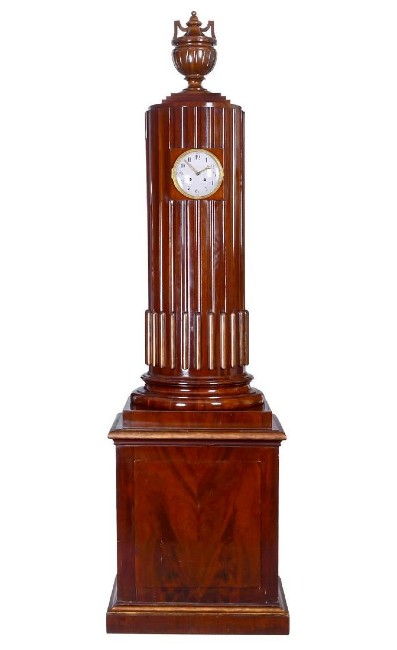
A century later, the musical landscape looked very different. Large-scale manufacturers exploited the new railway network to turn Leipzig into the mechanical music capital of Europe. Firms such as the Polyphon and Symphonion Musikwerke built disc-playing musical boxes for every taste and occasion, while the retailers Ernst Holzweissig and Gustav Uhlig supplied customers across Europe with a stock of mechanical pianos, accordions, toys and household goods.
A Model 18 Orpheus mechanical piano with a hand-turned mechanism for 13-inch Ariston discs,
Musikwerke Ludwig & Co., Leipzig, circa 1900 sold for €4,660 / $5,030. A Style 4 automatic disc-changing musical box (below) by the same maker in an Art-Nouveau walnut case, circa 1900, turned €20,720 / $22,380.
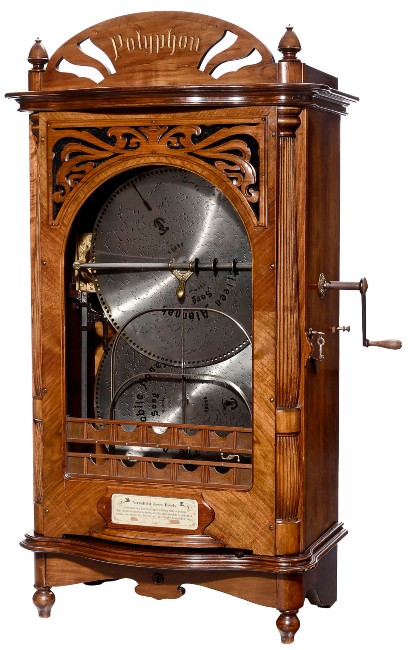
Across the Atlantic, the Mills Violano Virtuoso, invented by the prolific Swedish-born patentee Henry Konrad Sandell, was a familiar sight in hotels, saloons and dance halls during the first quarter of the 20th century. It sold for €15,100 / $16,300.

A carousel of colorful tin toys, trains and automata rounded off the auction on a playful note. Leading the way was a musical acrobat automaton by Roullet et Decamps, circa 1900, which sold for €10,075 / $10,880.
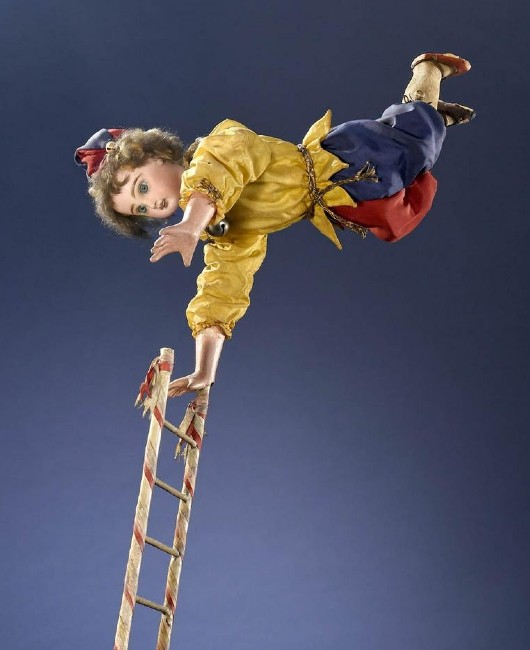
A 1960s No. 4 Ferrari Formula 1 pedal car topped out at € 1,155 / $1,250 and a Märklin Gauge I PLM Express Train, circa 1920, brought € 2,565 / $2,770.
[av_button label=’View the fully illustrated catalog with prices realized.’ link=’manually,https://www.liveauctioneers.com/catalog/166923_science-and-techn-mech-music-toys-and-autom/’ link_target=’_blank’ size=’medium’ position=’center’ label_display=” title_attr=” icon_select=’no’ icon=’ue800′ font=’entypo-fontello’ color=’theme-color’ custom_bg=’#444444′ custom_font=’#ffffff’ av_uid=’av-6ds774d’ id=” custom_class=” admin_preview_bg=”]
View top auction results on LiveAuctioneers here: https://www.liveauctioneers.com/pages/recent-auction-sales/


